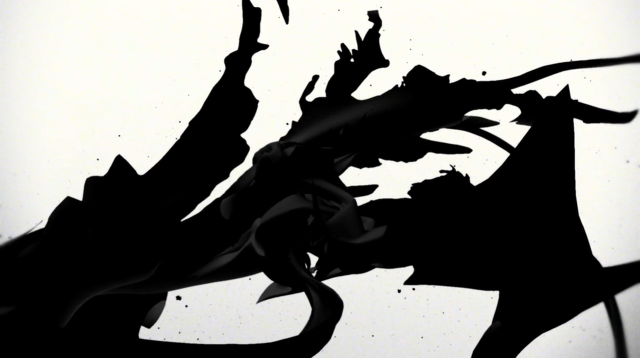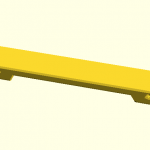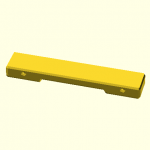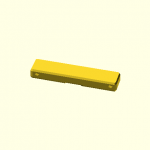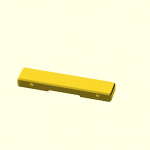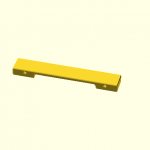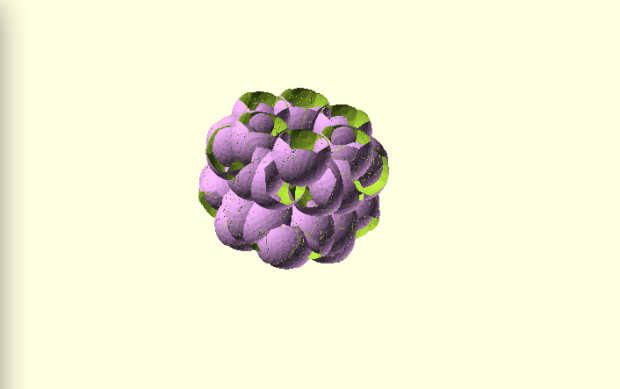ofxAddon
ofxUI
github: https://github.com/rezaali/ofxUI
blog: http://www.syedrezaali.com/blog/?p=2172
With a double in HCI and a strong interest in being a UX designer, I find this project very interesting and with great potential. Practically every app developer, interface designer, and hackathon goer interested in UI everywhere is looking for a better way to create interfaces–namely a way for everyone to make any kind of interface they could want in an easy way. This addon is a good contribution to the field. I can’t quite imagine myself using this for the addon project, but I can imagine using this for inspiration and knowledge for future projects and interface designs.
ofxPostProcessing
github: https://github.com/neilmendoza/ofxPostProcessing
blog: http://www.neilmendoza.com/ofxpostprocessing/
This “easy way of putting together a chain of GLSL shaders” has a number of creative manipulations, my particular favorite being kaleidescope. I find it interesting that this project is the beginnings of a project for creating realtime visuals of music events. Not quite sure what that means for this guy, but I’ll look more into it later. I can find myself using this after creating something in openframeworks to add variation and manipulations. I’m not sure what I’ll be creating or what I’ll be manipulating it into, but I can see a good amount of potential from this post-processing addon.
ofxBox2D
github: https://github.com/vanderlin/ofxBox2d
I don’t really seem to see a specific direction for this addon, but that’s the fun of it. The interactivity (for the example, at least) of being able to create objects on the fly and toggle their interaction with the mouse (mouse force, etc.) can be really fun to play around with. I can see myself combining this with another addon to create variation depending on the number of objects and mouse force, especially audio.
ofxTonic
github: https://github.com/TonicAudio/ofxTonic
I have always wanted to do something dealing with audio. For every term project I get assigned, I keep trying to think of creations with audio, but it never pans out. Mostly it’s because audio is not dealt with as much as visual, so I find less help on the internet for it. Hopefully if I can find another audio addon to combine this with (maybe ofxBeatTracker even though it’s in Japanese). I can definitely see myself using this in combination with a flexible visual addon, such as Box2D. I’ll have to figure out how much I can do with Tonic first.
Frustrations: I convinced myself to actually download and try the examples, and over half of them fail.

